ATTRIBUTED TO FAZL (MUGHAL c.1616) A leaf from the manuscript of the Razmnama Mixed media on paper, 40 x 25cm Satrughna lies wounded by the arrows of Lava nad Kusa, his head cradled in the arms of Rama, around them are scattered the corpses of battle; on the right by a grove stands the white horse of the Aswa-medha; a city in the left distance. Provenance: from the H. Kevorkian Collection; Colnaghi, London 1978 from whom purchased by Dr Alton, 1978. Islam arrived in South Asia in the eighth century and by the close of the twelfth the Sultans of Delhi had established themselves as a viable power on the northern plains of India. The Mughal dynasty (1526-1857) ruled over large parts of the Indian subcontinent and Afghanistan. Akbar (1542-1605) was the third Mughal Emperor ascending the throne in 1556 after the death of his father, Humayun. There was a large cultural divide between the Muslim leaders and their predominantly Hindu subjects but Akbars reign aimed to resolve these complex issues. Under Akbars influence, the early Mughal court developed a lively literary culture that aimed to understand the indigenous traditions of the Indian people, albeit through a Persianate lens. In 1582 Persian was declared the official language of the court and a number of works in different languages were translated into Persian with the support of the king. It is important to note that these literatures were not the focus of reproduction and translation into Persian. Rather, the desire was for a rendering of a special sort, namely, the creation of a unique Indo-Persian literature, drawing on the Sanskrit classics, most notably the Mahabharata, the Hindu epic recounting the legendary war between the royal Kaurava and Pandava clans. The translation of the Mahabharata was commissioned by Akbar and he named it the Razmnama. The Mughal court was multi-lingual with the royal library of the Mughals, now dispersed, housing books in Turkish, Arabic and Persian, as well as Sanskrit manuscripts. This page belongs to a later manuscript edition (c.1616/ A.H.1025) of the Razmnama patronised by the powerful 'Abd al-Rahim, the commander-in-chief of the imperial Mughal army. He was a prominent member of the literary society and also sponsored a notable painting workshop. 'Abd al-Rahim's manuscript follows the Persian format of integrating text blocks into the illustration. The format of the paintings is unusual for the time, with large paintings typically wrapped around substantial blocks of text. There is a clear hierarchy between text and image in which the latter is manipulated and fractured in order to accommodate the written narrative. The text is written in the Naskhi script, one of the earliest forms in Islamic writing, it was very popular for use in book production because of its delicate size. Fazl was one of numerous artists working for Abd al-Rahims atelier to produce the epic manuscript. His design is compelling in capturing the confused melee of battle, with many gravely wounded figures dispersed through the landscape, including the main protagonist of the scene, Satrughna in the mid-section of the leaf. Fazl very cleverly uses the borders of the manuscript page to cut off parts of the image introducing a dynamic momentum as the figures on horseback seem to ride in and out of scene. Hagop Kevorkians collection contains many fine examples of Islamic and Middle Eastern artworks. Born in Kayseri, Turkey (1872) he graduated from the renowned American-founded Robert College in Istanbul with a degree in archaeology and settled in New York in the late nineteenth century. He was one of the early archaeologists to lead important excavations to places such as Sultanabad and Rayy in Iran. As a connoisseur and art collector he quickly became a key tastemaker for Islamic art, introducing objects imported from Turkey, Iran to the western art market. In 1951, he established The Kevorkian Foundation, which became one of the most important supporters for Middle E
ATTRIBUTED TO FAZL (MUGHAL c.1616) A leaf from the manuscript of the Razmnama Mixed media on paper, 40 x 25cm Satrughna lies wounded by the arrows of Lava nad Kusa, his head cradled in the arms of Rama, around them are scattered the corpses of battle; on the right by a grove stands the white horse of the Aswa-medha; a city in the left distance. Provenance: from the H. Kevorkian Collection; Colnaghi, London 1978 from whom purchased by Dr Alton, 1978. Islam arrived in South Asia in the eighth century and by the close of the twelfth the Sultans of Delhi had established themselves as a viable power on the northern plains of India. The Mughal dynasty (1526-1857) ruled over large parts of the Indian subcontinent and Afghanistan. Akbar (1542-1605) was the third Mughal Emperor ascending the throne in 1556 after the death of his father, Humayun. There was a large cultural divide between the Muslim leaders and their predominantly Hindu subjects but Akbars reign aimed to resolve these complex issues. Under Akbars influence, the early Mughal court developed a lively literary culture that aimed to understand the indigenous traditions of the Indian people, albeit through a Persianate lens. In 1582 Persian was declared the official language of the court and a number of works in different languages were translated into Persian with the support of the king. It is important to note that these literatures were not the focus of reproduction and translation into Persian. Rather, the desire was for a rendering of a special sort, namely, the creation of a unique Indo-Persian literature, drawing on the Sanskrit classics, most notably the Mahabharata, the Hindu epic recounting the legendary war between the royal Kaurava and Pandava clans. The translation of the Mahabharata was commissioned by Akbar and he named it the Razmnama. The Mughal court was multi-lingual with the royal library of the Mughals, now dispersed, housing books in Turkish, Arabic and Persian, as well as Sanskrit manuscripts. This page belongs to a later manuscript edition (c.1616/ A.H.1025) of the Razmnama patronised by the powerful 'Abd al-Rahim, the commander-in-chief of the imperial Mughal army. He was a prominent member of the literary society and also sponsored a notable painting workshop. 'Abd al-Rahim's manuscript follows the Persian format of integrating text blocks into the illustration. The format of the paintings is unusual for the time, with large paintings typically wrapped around substantial blocks of text. There is a clear hierarchy between text and image in which the latter is manipulated and fractured in order to accommodate the written narrative. The text is written in the Naskhi script, one of the earliest forms in Islamic writing, it was very popular for use in book production because of its delicate size. Fazl was one of numerous artists working for Abd al-Rahims atelier to produce the epic manuscript. His design is compelling in capturing the confused melee of battle, with many gravely wounded figures dispersed through the landscape, including the main protagonist of the scene, Satrughna in the mid-section of the leaf. Fazl very cleverly uses the borders of the manuscript page to cut off parts of the image introducing a dynamic momentum as the figures on horseback seem to ride in and out of scene. Hagop Kevorkians collection contains many fine examples of Islamic and Middle Eastern artworks. Born in Kayseri, Turkey (1872) he graduated from the renowned American-founded Robert College in Istanbul with a degree in archaeology and settled in New York in the late nineteenth century. He was one of the early archaeologists to lead important excavations to places such as Sultanabad and Rayy in Iran. As a connoisseur and art collector he quickly became a key tastemaker for Islamic art, introducing objects imported from Turkey, Iran to the western art market. In 1951, he established The Kevorkian Foundation, which became one of the most important supporters for Middle E
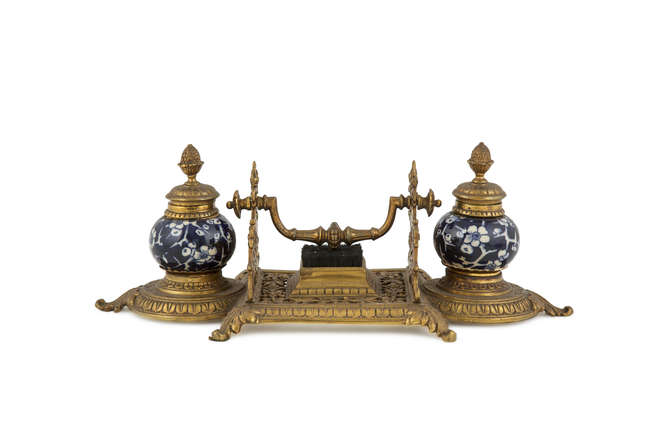
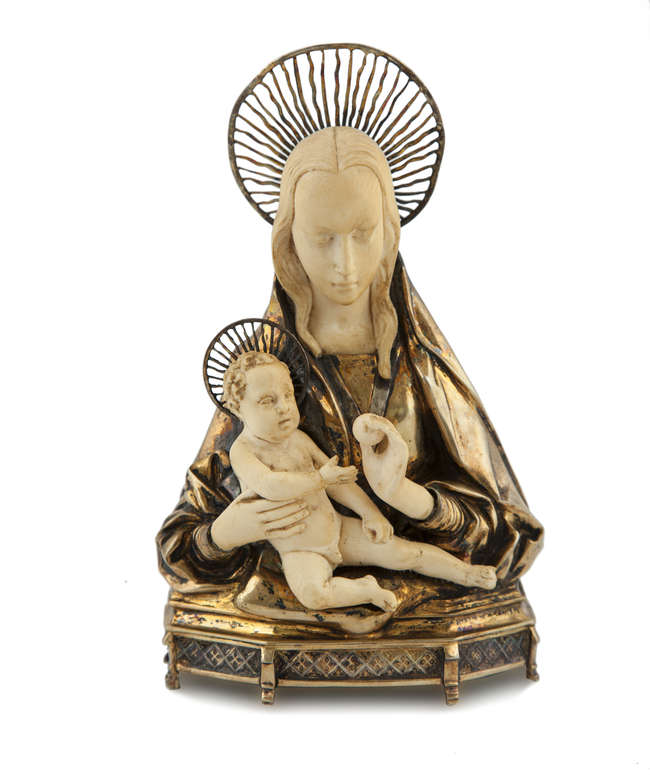
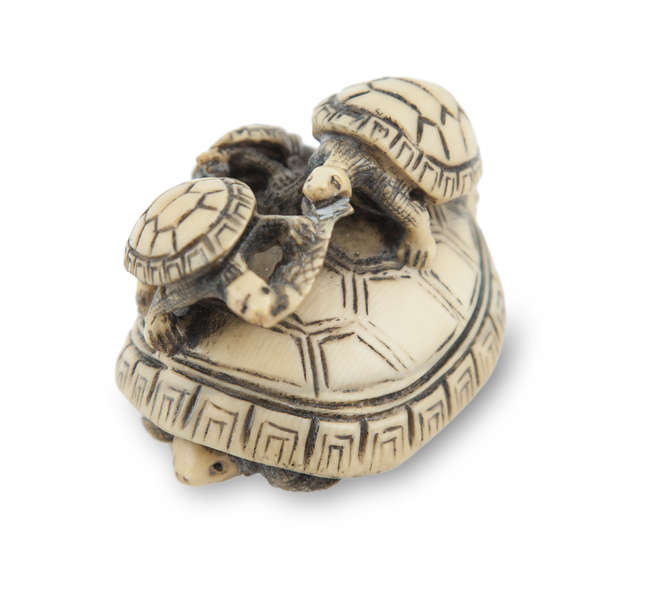
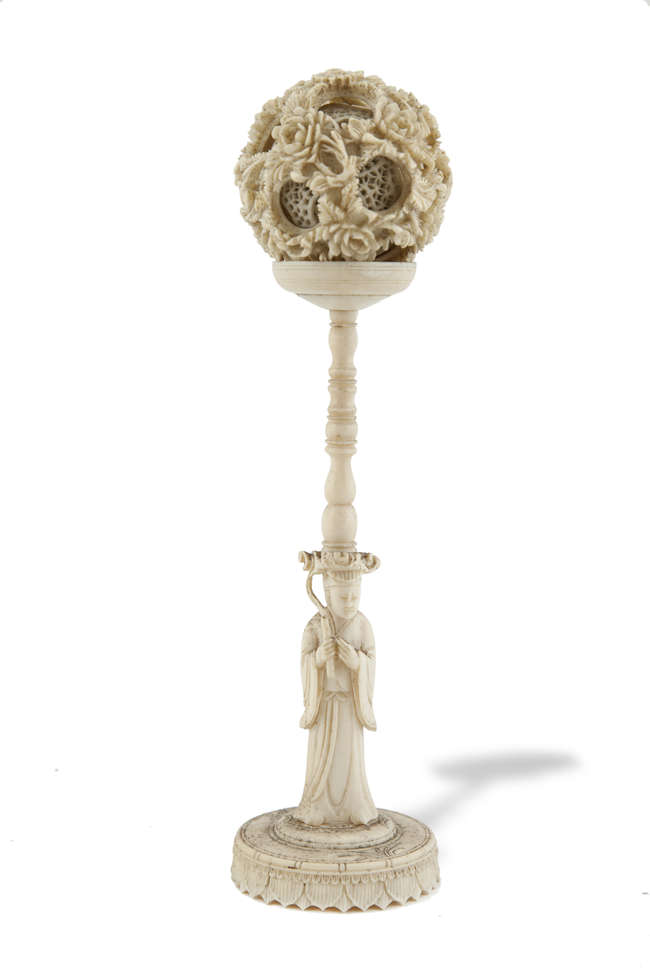
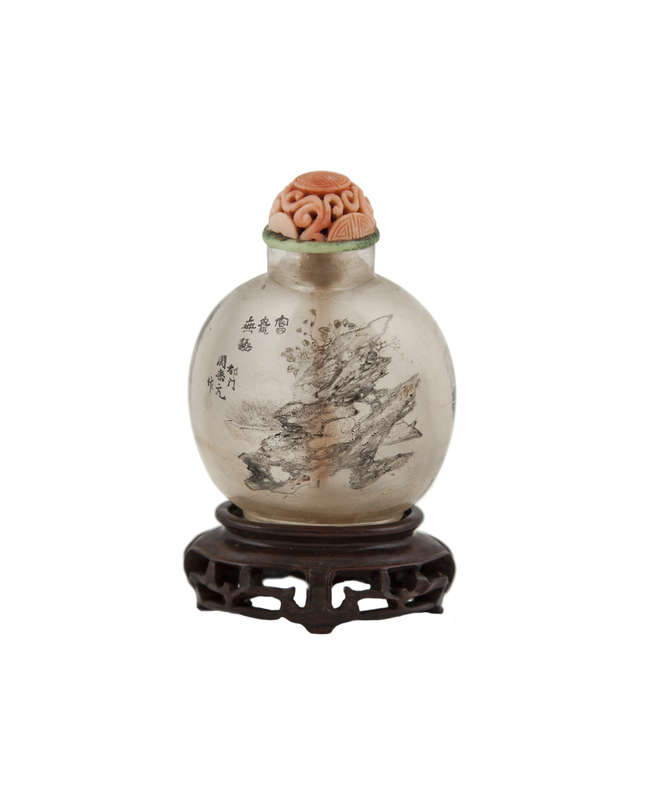
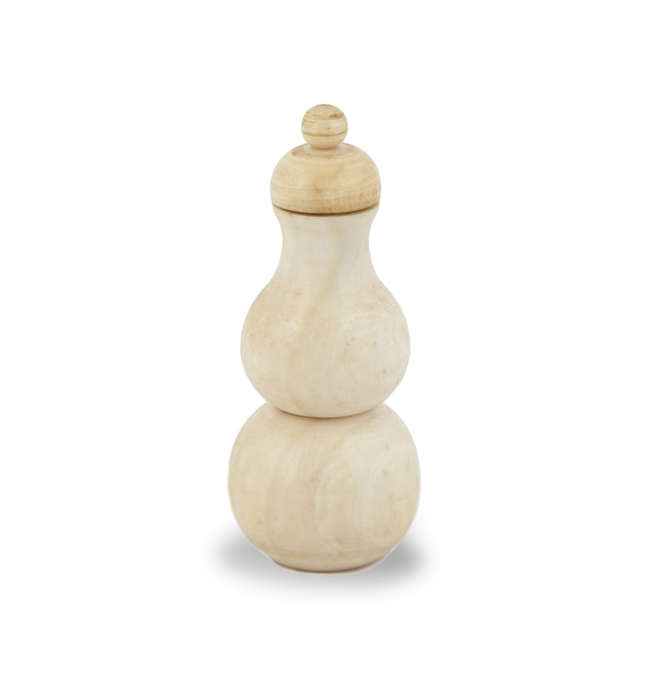
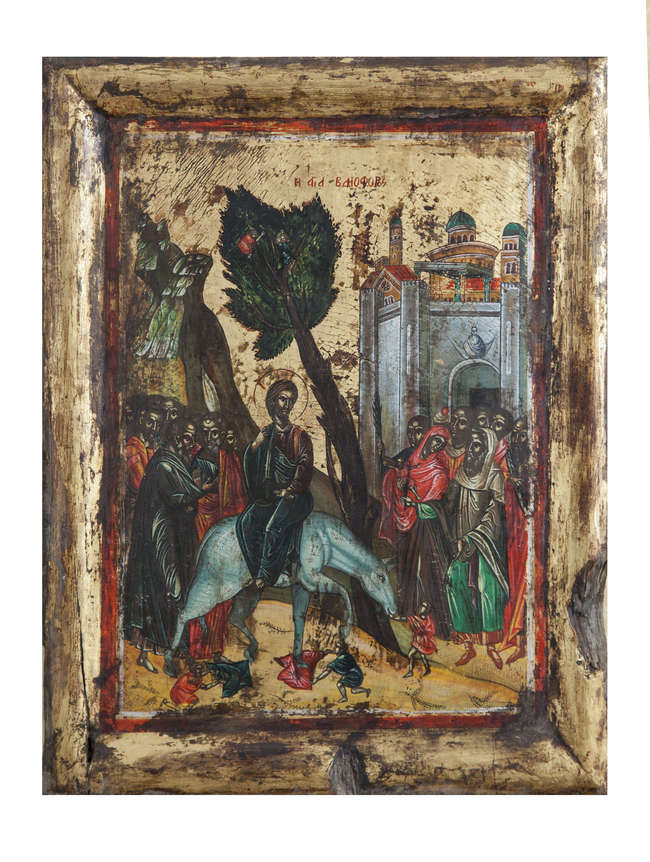
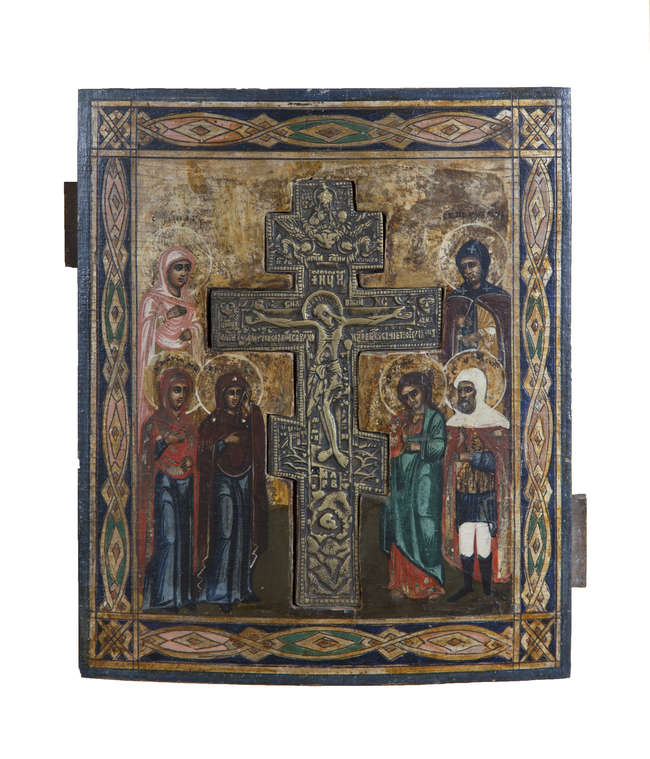
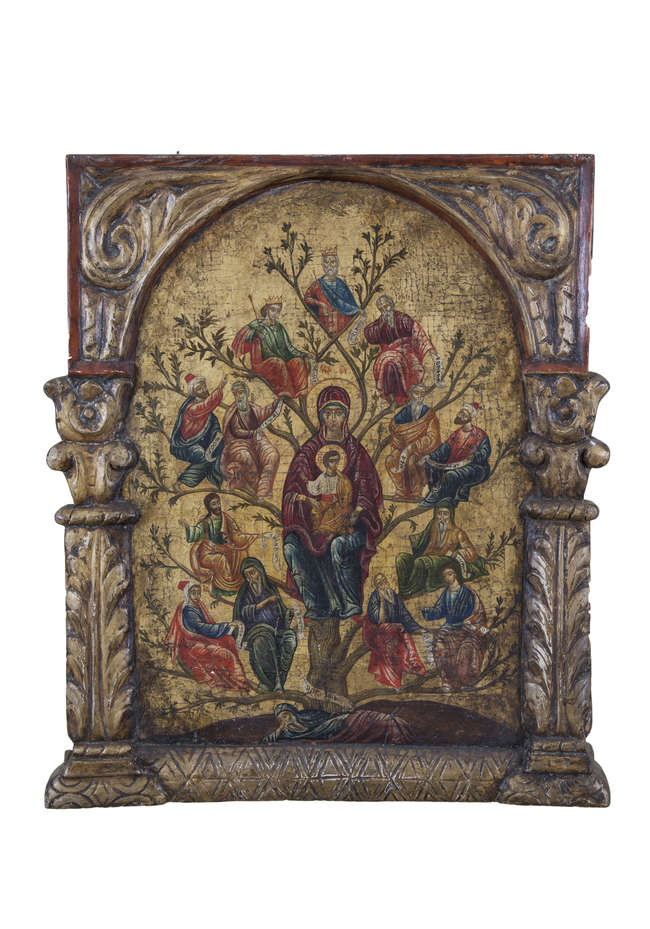
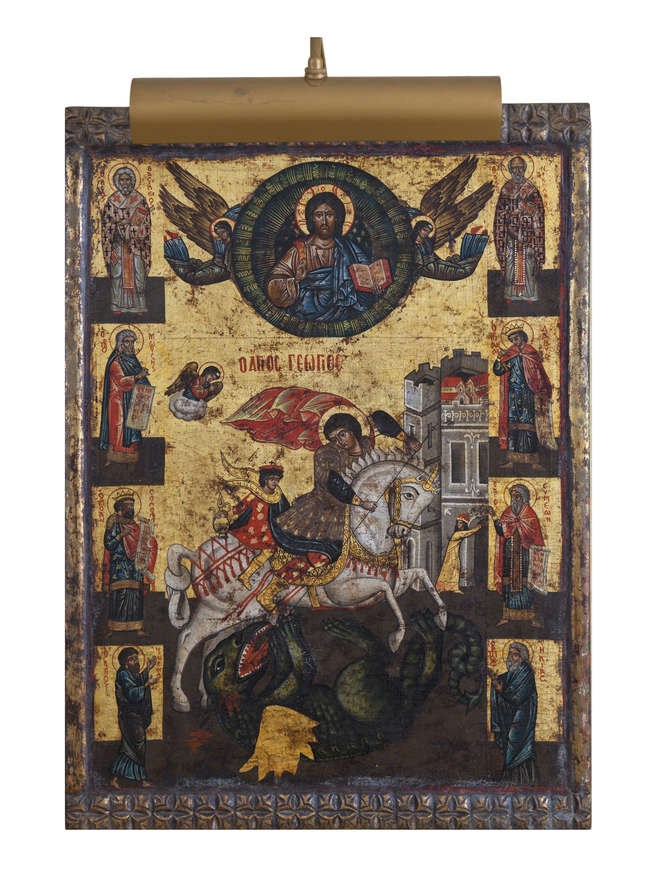
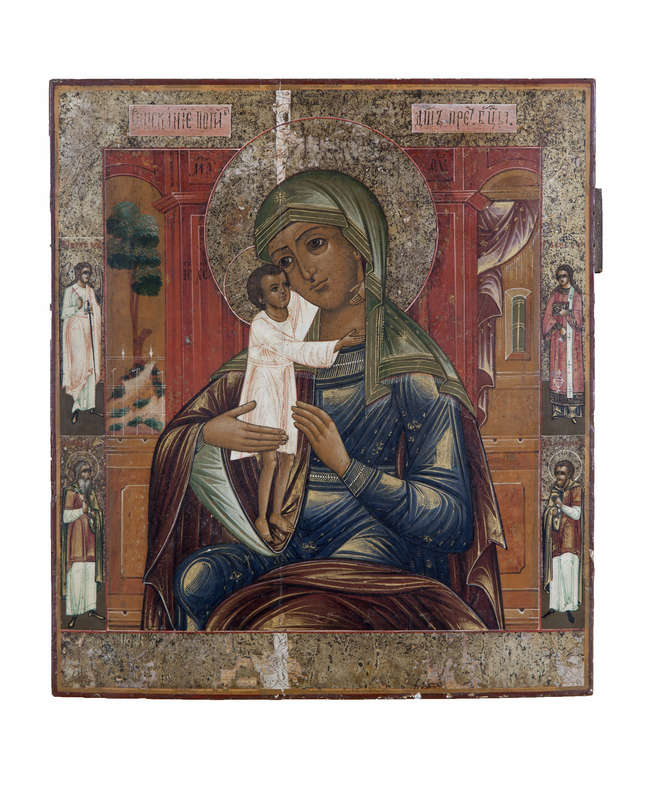
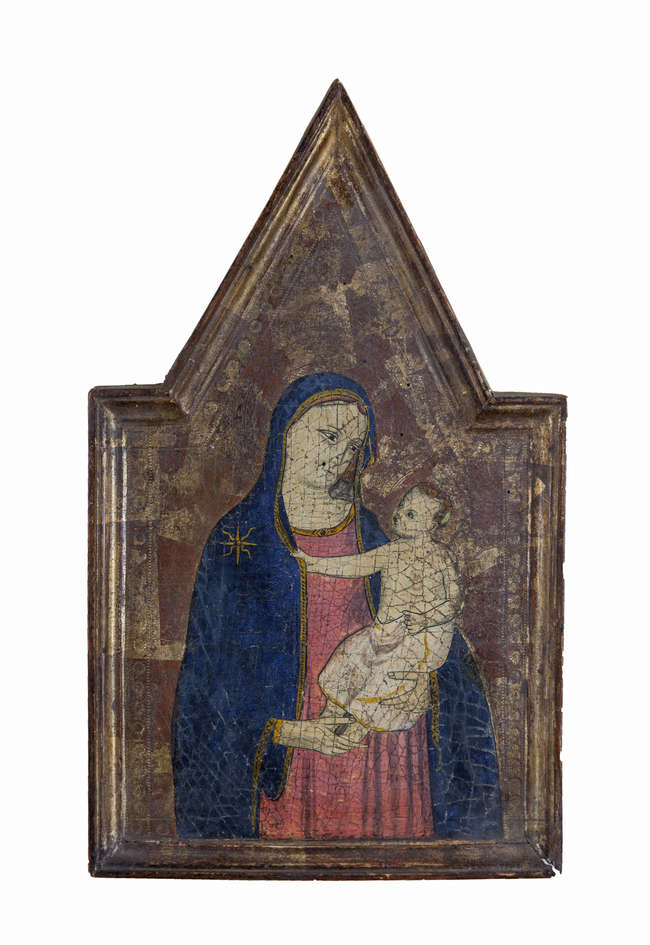
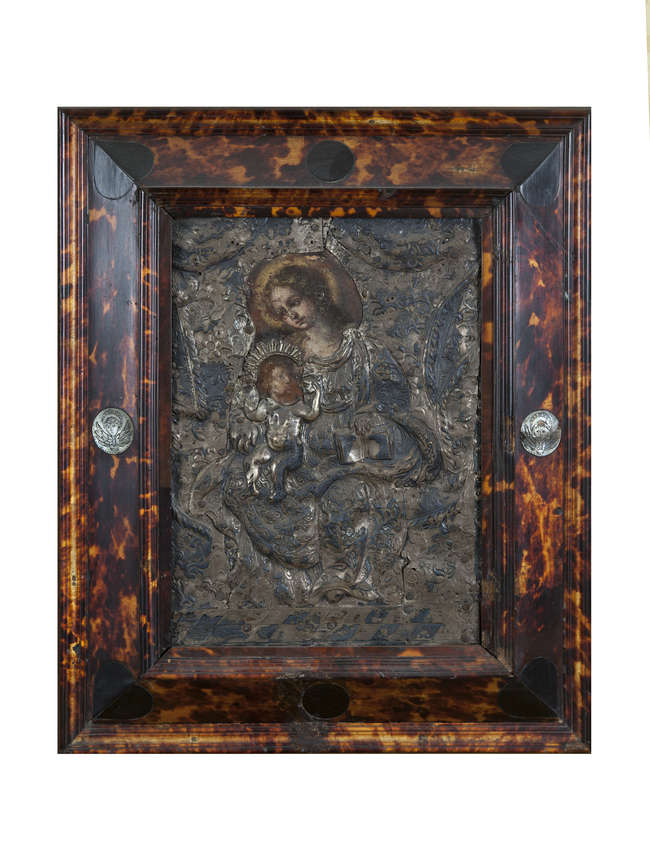
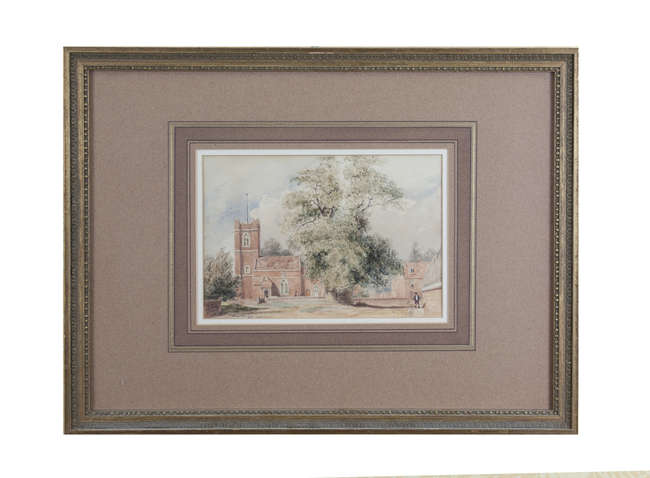
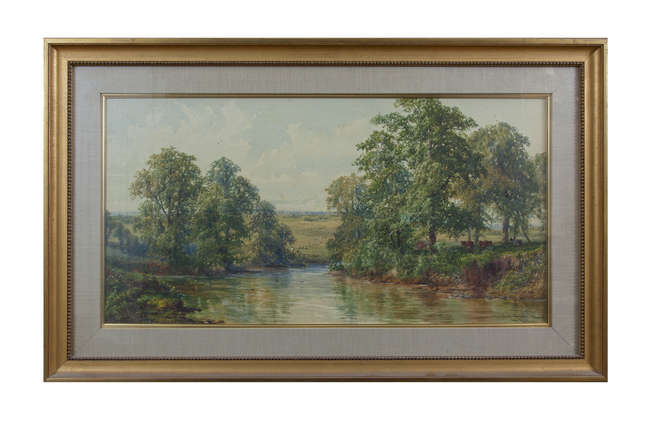
Testen Sie LotSearch und seine Premium-Features 7 Tage - ohne Kosten!
Lassen Sie sich automatisch über neue Objekte in kommenden Auktionen benachrichtigen.
Suchauftrag anlegen